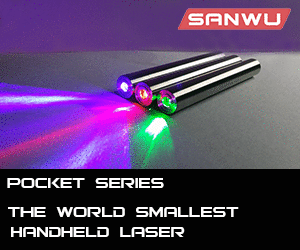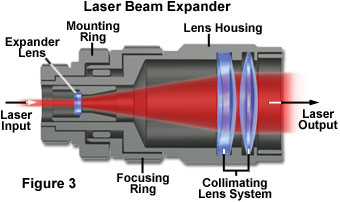Alaskan
0
- Joined
- Jan 29, 2014
- Messages
- 12,025
- Points
- 113
The trick is matching up the diameter of the spot the laser diode produces on the lens at it's focal length, if using just one lens. A bi-convex lens will collimate a laser diode output, so will a Plano-convex and an aspherical, but the latter is the best for the job due to reduced spherical aberration. I haven't tried using a bi-convex lens to collimate with yet, usually using PCX/plano-convex lenses.




